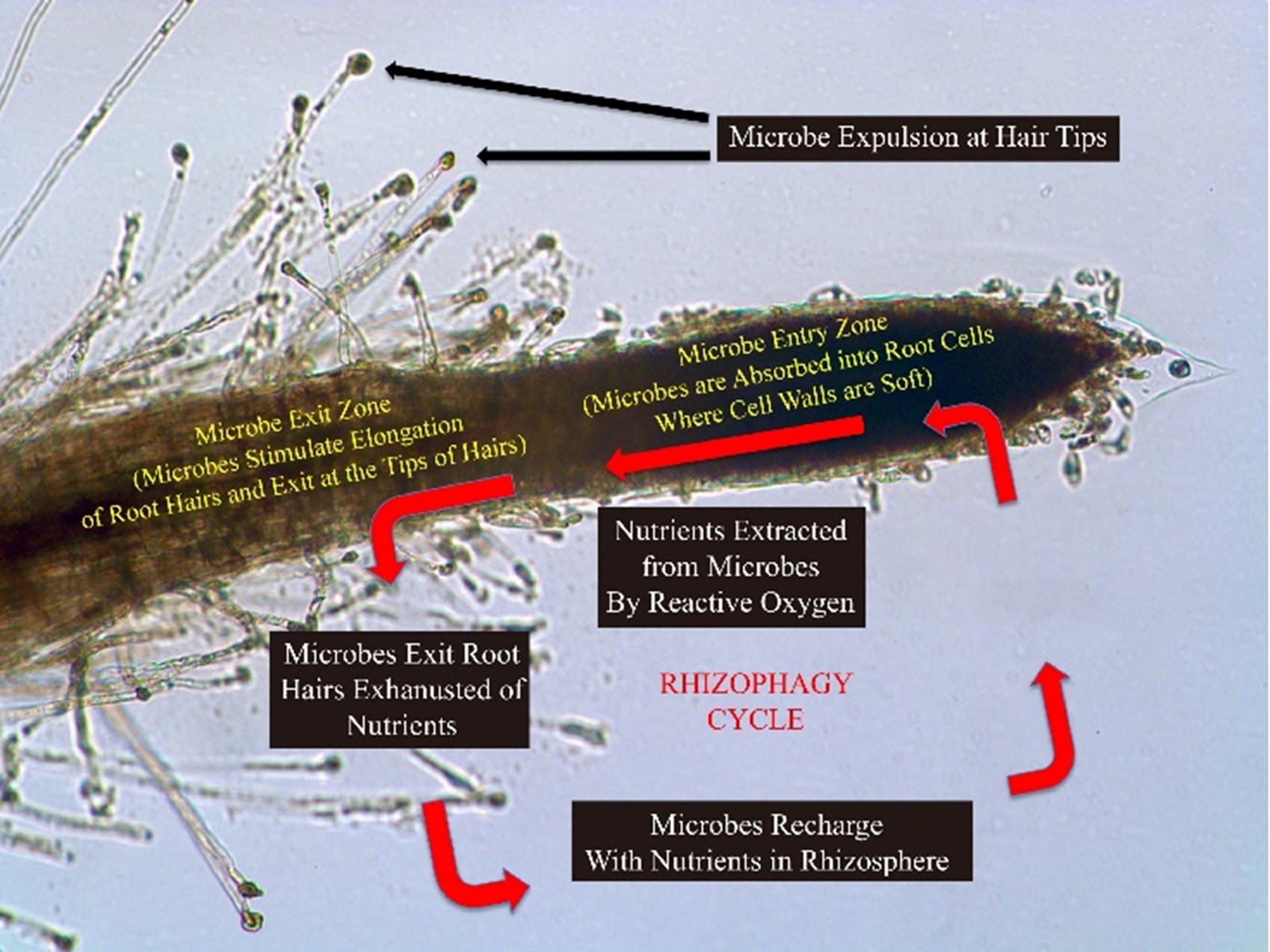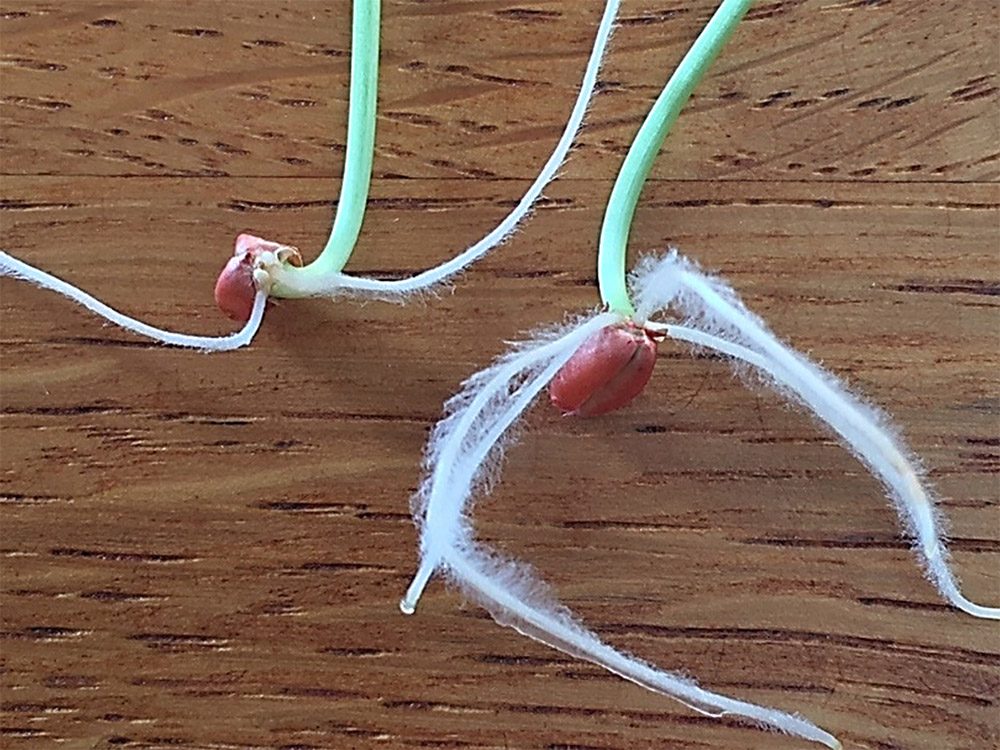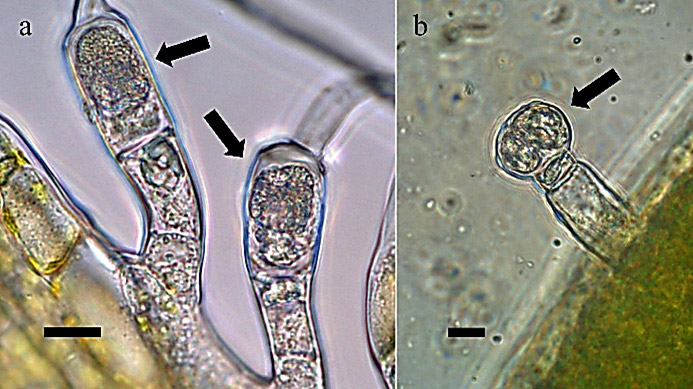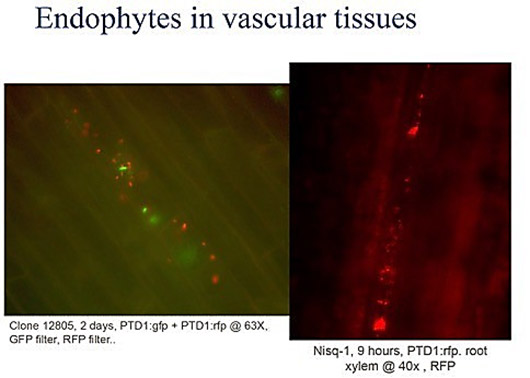It’s fair to say that the 2024 season is proving to be memorable in all the wrong sorts of ways. Although the weather is always beyond our control, creating crops and soils that are more resilient to challenging conditions is within our grasp.
Understanding of not just the composition of soil biology, but the function of the soil microbiome is a growing area of research and one of the most exciting when it comes to helping plants to help themselves. The symbiosis between plants and endophytes is perhaps one of the most important things to foster as we strive to reduce dependence on inputs and to use them more efficiently.

With that in mind, we wanted our technical group to be among the first to know that the consortium of endophytes in Unium’s leading biological seed treatment TIROS is coming back this season by popular demand as TIROS Max.
While the endophytes may be the same, the formulation has been further improved and marks a leap forward in biological seed treatment technology. The advanced formulation results in 13% more Colony Forming Units per seed and greater flexibility in treatment, with batch sizes of just one or five tonnes now possible in addition to the previous 10-tonnes of seed.
The advanced formulation of TIROS Max is in powder form, removing a liquid phase when preparing the seed treatment. It contains a prebiotic, or extender, which provides nutritional support for the endophytic bacteria as they form a relationship with the germinating plant and a proprietary biostimulant material to provide an additional boost during the all-important germination and establishment phases.
The tried and tested technology in TIROS Max helps increase the success of the biological seed treatment where historically many fail to associate with the plant or provide variable results.
We recently sat down with Professor James F White or Rutgers University in New Jersey to ask him more about the symbiotic relationship between endophytes and plants and the role of biostimulants microbes, can they really help?
Endophytes with Prof James White
Q&A – click the questions to read the answers

Summary of how TIROS Max can support crops
Trials Data
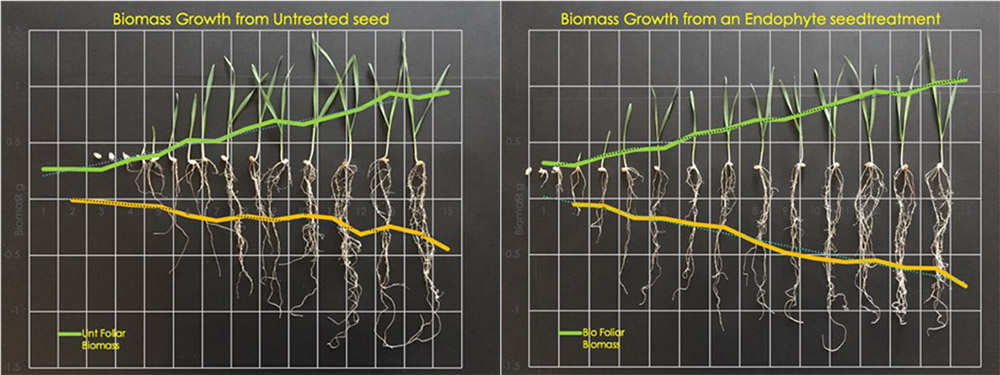
Same endophytes as we had in TIROS, but more of them per seed in TIROS Max for more consistent performance.
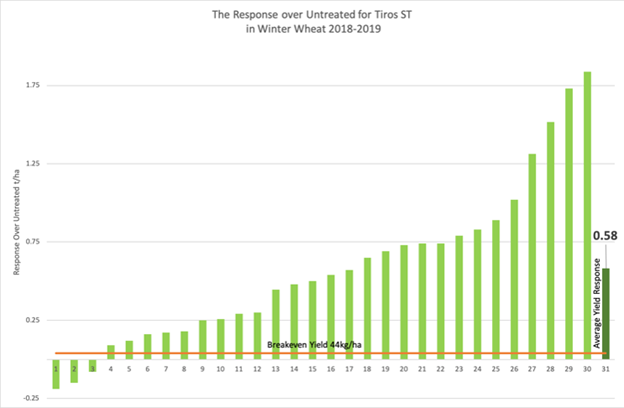

It’s back and it’s better
The next generation of biological seed treatment

Join us for a webinar with
Prof James White | Prof Sharon Doty | Ben Taylor-Davies
2nd July at 6pm

Both endophyte experts will be giving us a brief update on their research before joining Ben Taylor-Davies in an interactive ‘fireside chat’. This is your chance to ask these legends of endophyte research and agroecology anything and everything you’d like to know about endophytes, such as whether microbial biostimulants really do help and how we can support the soil microbiome.
We’d like to thank the British On-Farm Innovation Network (BOFIN) for hosting the webinar for us as part of its TRUTH project. Unium will be supporting members of BOFIN’s Soil Circle with on-farm trials of TIROS Max and TARBIS in the 2024/25 season.


